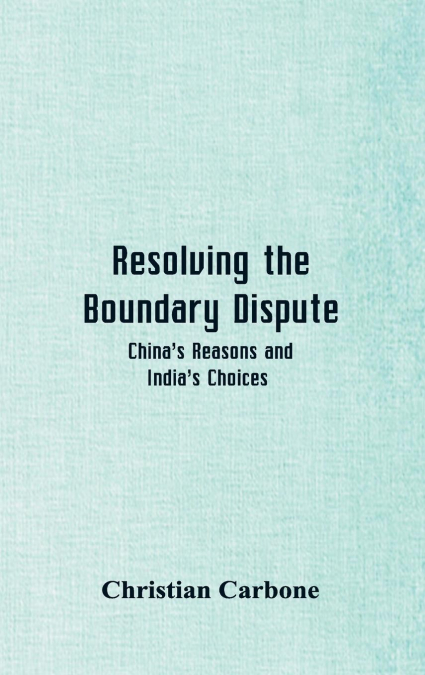
Christian Carbone
The dispute became a thorn in the diplomatic ties between India and China, mainly due to the fact that the two neigbours never really sat down to discuss the issue. China’s case in 1962 centred on India’s unilateral action allowing them to justify their incursion. (This is, however, somewhat ironic when it comes to Beijing’s own claim on Tibet, especially when the communist regime has never been able to come up with a good case to justify it.) The Chinese empire was never clear about its western extremities. Further, it rejected any British attempt to demarcate the border and settle the issue once and for all. The McMahon Line boundary dispute is at the heart of relations between China and India. China has land and sea boundary issues with 14 neighbors, mostly for historical reasons. The Chinese have two major claims on what India deems its own territory. One claim, in the western sector, is on Aksai Chin in the northeastern section of Ladakh District in Jammu and Kashmir. The other claim is in the eastern sector over a region included in the British-designated North-East Frontier Agency, the disputed part of which India renamed Arunachal Pradesh and made a state. In the fight over these areas in 1962, the well-trained and well-armed troops of the Chinese People’s Liberation Army overpowered the ill-equipped Indian troops, who had not been properly acclimatized to fighting at high altitudes. The latest spat between India and China is bound to resolve itself this year, one way or another. In six months, snow and bitterly cold weather will make the Chinese encampment very difficult, if not impossible, to maintain. This book debunks many notions about the boundary dispute and conflict, delves deep into its different aspects to give a blow by blow account of as to how and why a conflict arose over the boundary.